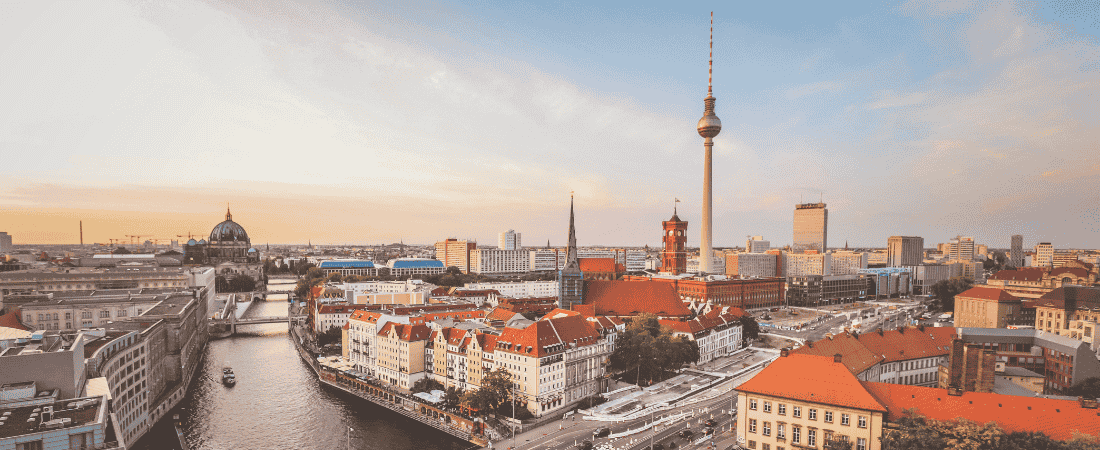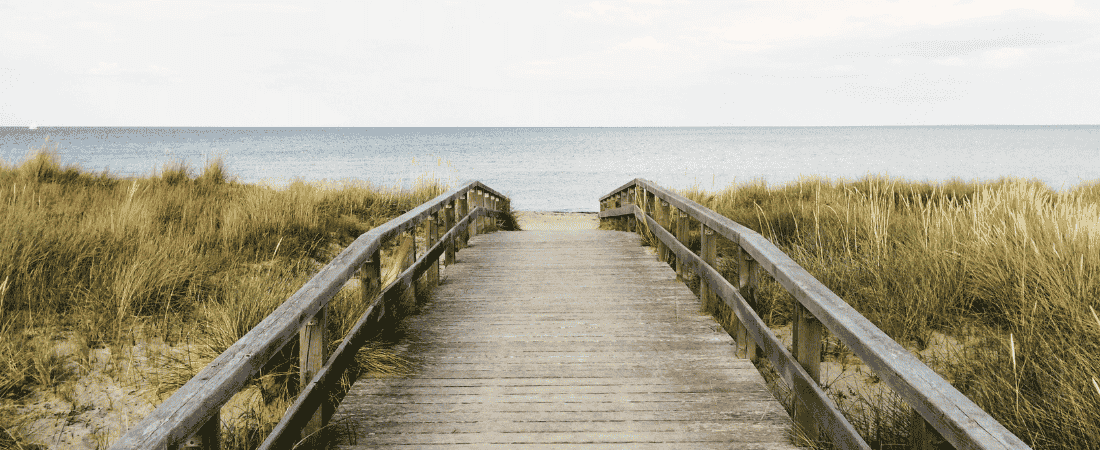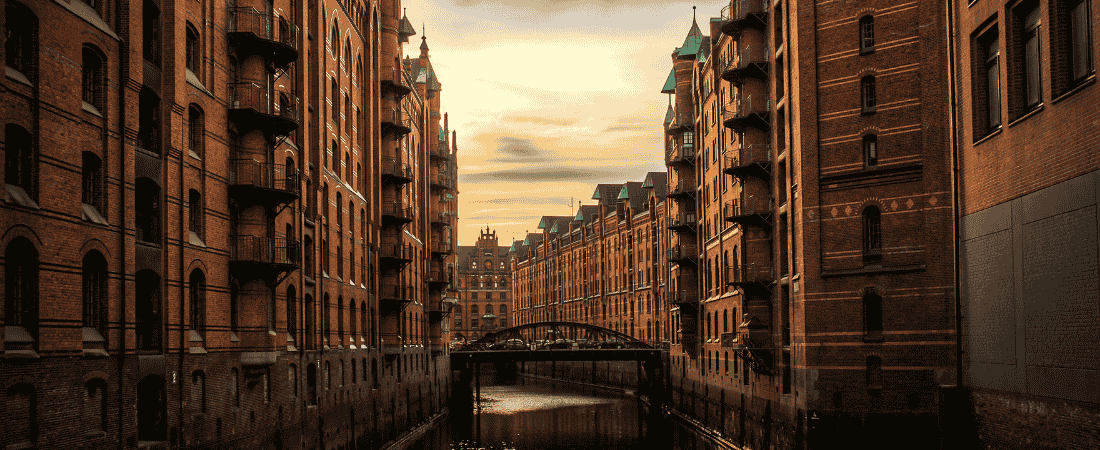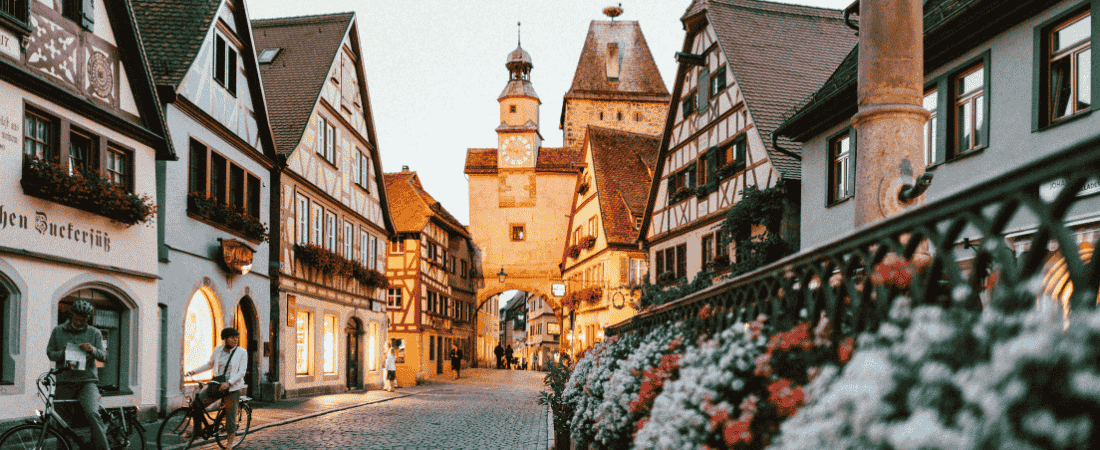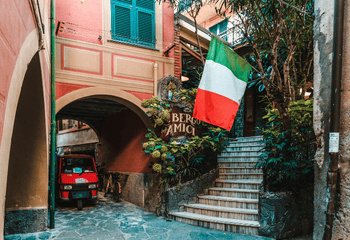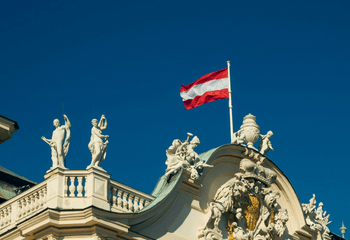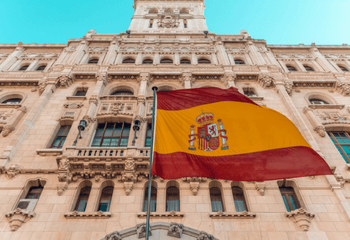Learn More About Germany
General Information
· Country Name: Germany (officially: Federal Republic of Germany)
· Continent: Europe
· Capital: Berlin
· Population: around 84,000,000
· Area: about 357,000 km²
· Language: German
· Currency: Euro (EUR)
Landscape
Mountains, Forests, and Fairy-Tale Towns: What Germany Looks Like in Real Life
Germany has a surprisingly varied landscape for its size. In the south, especially in Bavaria, you'll find the Alps—perfect for skiing in winter and hiking in summer. The mountain villages often look straight out of a postcard, with wooden houses, flower boxes, and cows grazing in the fields.
The center of the country is filled with rolling hills, dense forests, rivers, and castles. The Black Forest (Schwarzwald) in the southwest is one of the most famous regions, known for its deep woods, traditional villages, and hiking trails. It's also the inspiration for a lot of fairy tales.
Northern Germany is flatter and home to long stretches of coastline along the North Sea and the Baltic Sea. The beaches there can be windy but are really charming, with grassy dunes and those classic wicker beach chairs called Strandkörbe. There are also several islands off the northern coast that are popular summer spots.
Germany is full of rivers, with the Rhine, Elbe, and Danube being some of the biggest. Many cities are built along these rivers and have beautiful waterfront areas perfect for walking, biking, or just hanging out.
Culture & Traditions
From Pretzels to Christmas Markets: Living the German Way
German culture has a reputation for being structured and punctual, and honestly… it kind of is. People value order, rules, and being on time. But once you get to know them, Germans can be really friendly, funny, and loyal friends.
Traditions vary a lot by region. In Bavaria, for example, Oktoberfest is a huge deal. People wear traditional clothes (dirndls and lederhosen), eat pretzels and sausages, and dance to live music. But that’s not how all of Germany is—each region has its own vibe.
Holidays are taken seriously, especially Christmas. In December, towns are full of cozy Christmas markets with lights, wooden stalls, hot drinks like Glühwein (non-alcoholic versions available too!), and handmade gifts. Another big celebration is Karneval or Fasching, kind of like Germany’s version of Mardi Gras, where people dress up and party, especially in the west and south.
When it comes to food, Germany has way more than just sausages and sauerkraut. There are regional specialties everywhere, like Spätzle (a type of pasta), Schnitzel, or Bratwurst. And don't forget the huge variety of bread—Germans are seriously proud of their bakeries.
Education System
School Life in Germany: Early Mornings, Class Groups & More
The German school system is structured and a bit different depending on the region, but there are some common basics. After elementary school (Grundschule, usually grades 1–4), students are placed into different types of secondary schools: Hauptschule, Realschule, or Gymnasium. Which one they attend often depends on their academic performance and teacher recommendations. Exchange students usually go to a Gymnasium, which prepares students for university and continues until grade 12 or 13.
The school year typically starts in August or September and ends in June or July. It’s divided into two semesters, and students get several breaks throughout the year—usually in autumn, winter, spring, and summer.
A normal school day begins around 7:30 or 8:00 a.m. and ends early in the afternoon, around 1:00 or 2:00 p.m., although some schools also have afternoon classes or study sessions. Students usually stay in the same classroom with the same group for most subjects, while teachers rotate between rooms.
Classes include German, math, English, history, geography, biology, chemistry, and more. It’s also common to learn a second foreign language like French, Spanish, or Latin. Some schools even offer more hands-on subjects like art, music, or IT.
After-school activities like sports or clubs are often organized outside of school by local community groups or sports clubs (Vereine). These are great places to meet new people and get involved in something you’re interested in.
Daily Life
How Teens Spend Their Time in Germany
Life in Germany is pretty structured. Most stores close early (especially compared to the US), and Sundays are super quiet—most shops are closed, and people use the day to relax, go for a walk, or have family lunch.
Public transportation is great in most areas, especially in cities. Buses, trams, and trains are reliable, and lots of students take them to school. Biking is also really common, and many towns are very bike-friendly.
In their free time, teens hang out at parks, cafes, or go downtown to shop. Movie nights, swimming pools, or grabbing ice cream with friends are also popular. In winter, people love going to indoor pools or skating rinks, and in summer, you’ll often find everyone hanging out at local lakes.
Fun Fact
Germany has over 1,500 different types of sausage and more than 3,000 kinds of bread—so get ready to try something new basically every day!

